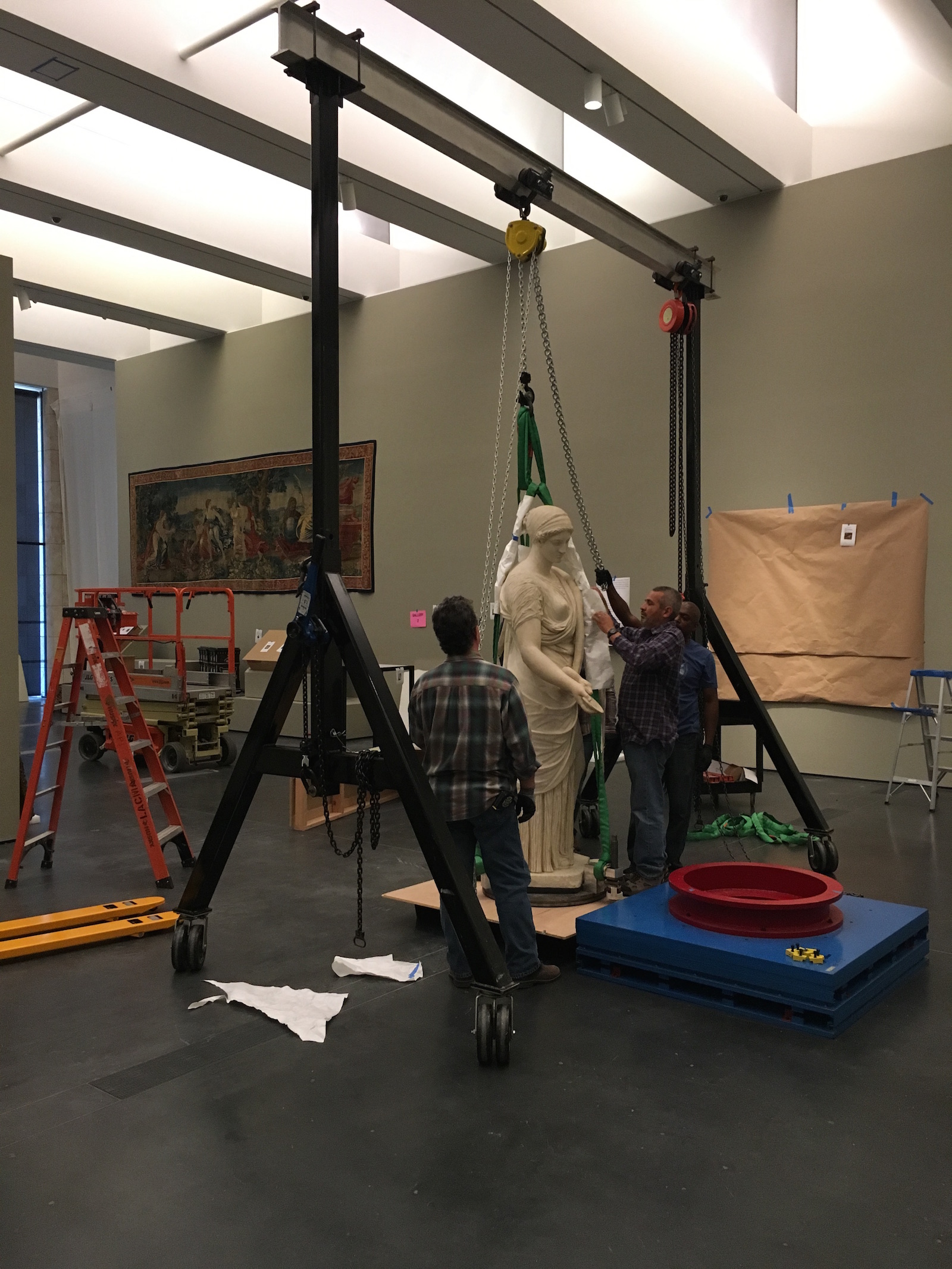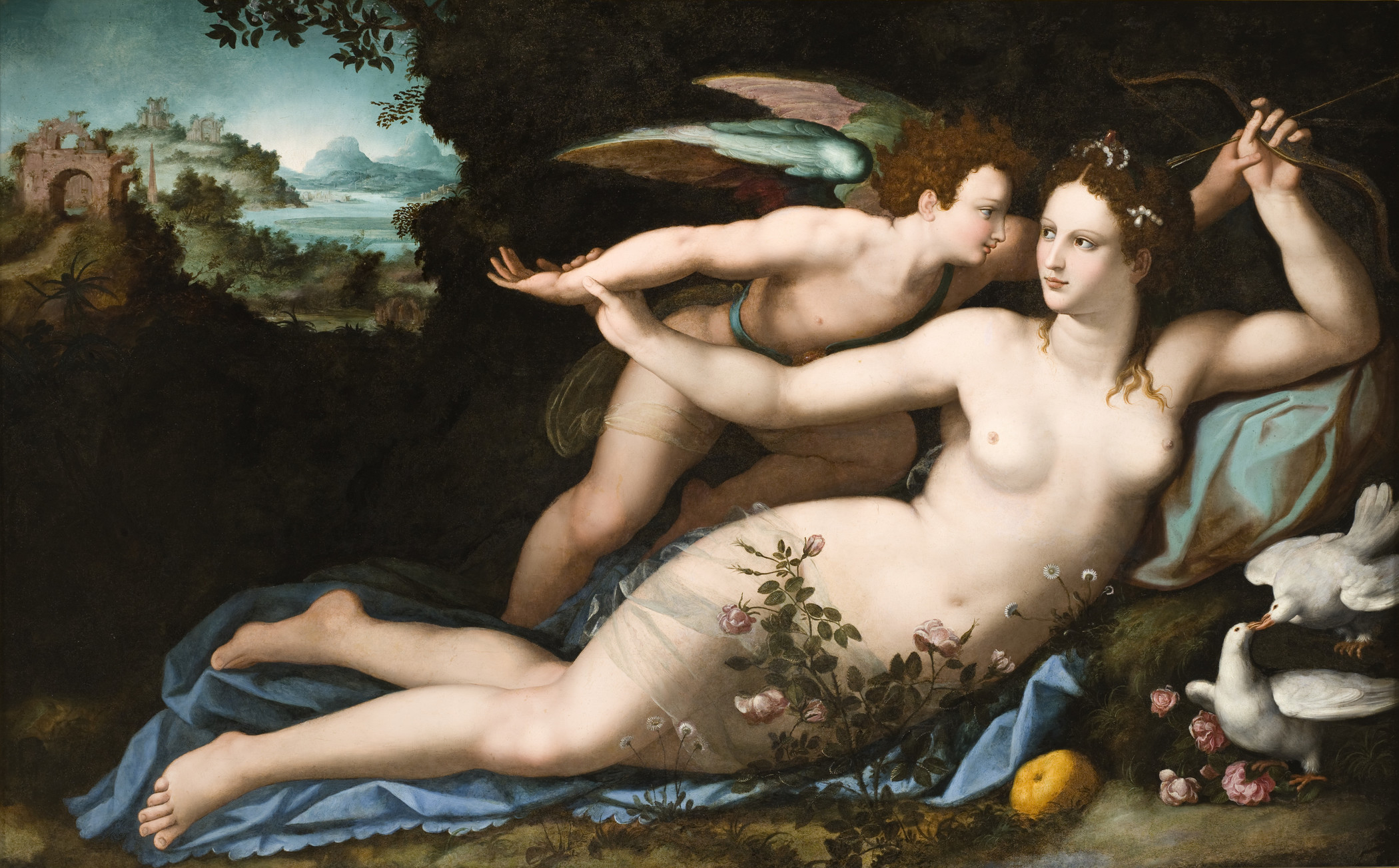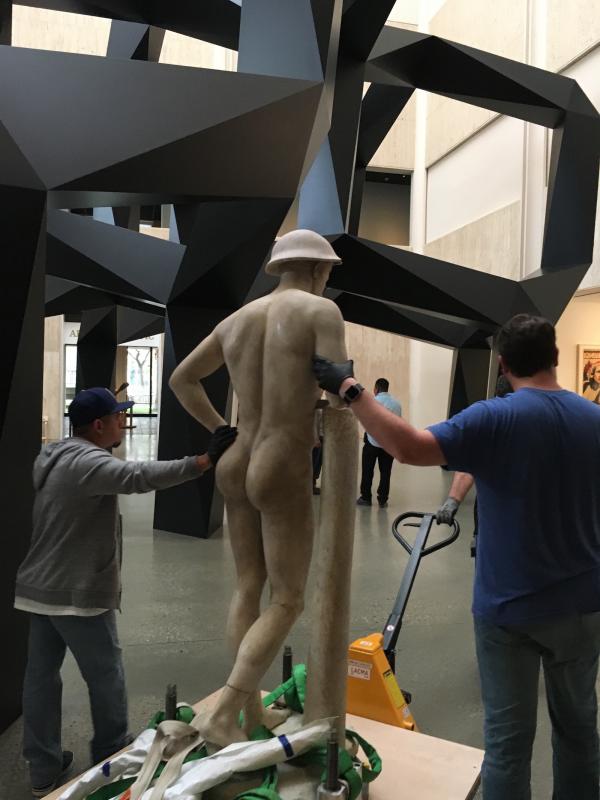During the past several weeks, some of LACMA’s most recognizable paintings and sculpture have made their way down from walls, off pedestals, and out of storerooms. They have traveled down the elevators in the Ahmanson Building, through Tony Smith’s Smoke, across the plaza past Chris Burden’s Urban Light, and into the Resnick Pavilion, all in preparation for our upcoming exhibition To Rome and Back, Individualism and Authority in Art, 1500–1800.

Opening June 24, 2018, the show is made up almost entirely of objects from LACMA’s permanent collection. Instead of assembling artworks from multiple institutions, as museums tend to do for most major exhibitions, we have put this show together using paintings, sculpture, drawings, decorative arts, costume, and textiles from the over 135,000 objects in our own galleries and storage.
The exhibition reveals a significant moment in the history of Rome by tracing its cultural output and influence from the Renaissance through the Enlightenment. But it is also an opportunity to allow our visitors to see LACMA’s own artwork afresh, alongside new companions, and in new contexts.
While the exhibition draws primarily on European painting and sculpture, we have worked to broaden the narrative in collaboration with five different curatorial departments. We have assembled the small and large, the familiar and unfamiliar, from the departments of Costume and Textiles, Decorative Arts, Prints and Drawings, and Latin American art. Many of these extraordinary objects have not been on view in decades.
A fun result of the move of these objects from the east side of campus to the west, is that we are left with space in our 16th, 17th, and 18th century permanent collection galleries. Not only have we been able to move material around and highlight new objects, we have also been filling the vacancies with works from storage.


This is a great time to experience LACMA’s European treasures, both in the Ahmanson Building and soon in the Resnick Pavilion. Particularly as we prepare for the closure and packing of the European galleries in the winter of 2018–19, the coming months provide an unprecedented opportunity for our visitors to experience this magnificent and deep part of our collection.
To Rome and Back: Individualism and Authority in Art, 1500–1800 is on view in the Resnick Pavilion from June 24, 2018 through March 17, 2019. Member Previews are June 21–23. Not a member? Join now!



